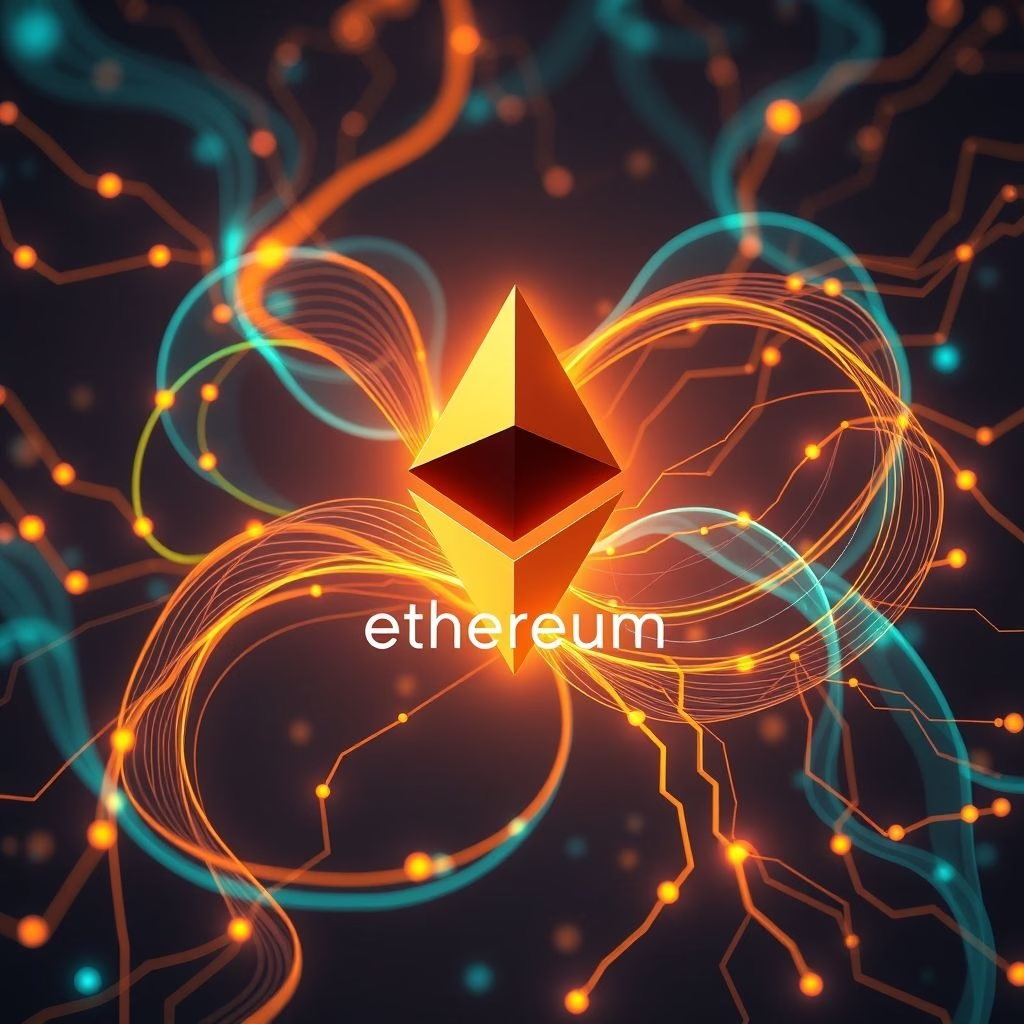Ethereum: The Decentralized Revolution Powering the Future

Ethereum: More Than Just a Cryptocurrency
In the ever-evolving landscape of digital currency and blockchain technology, Ethereum stands out as a pivotal platform. It’s more than just another cryptocurrency; it’s a decentralized blockchain platform with the groundbreaking ability to run smart contracts. These self-executing agreements are transforming how we interact with the digital world, and Ethereum is at the forefront of this revolution. Its native cryptocurrency, Ether (ETH), fuels the entire ecosystem.
The Genesis of Ethereum
The story of Ethereum began in 2013, conceived by the visionary Vitalik Buterin along with other collaborators. The initial vision was ambitious: to create a blockchain platform far more versatile than Bitcoin, capable of handling complex applications beyond simple transactions. The official launch of Ethereum took place in 2015, marking the beginning of a new era in decentralized technology.
Decentralized Applications: The Power of dApps
One of Ethereum’s most significant contributions is its ability to facilitate the creation and deployment of decentralized applications, or dApps. Unlike traditional applications that rely on centralized servers, dApps run on a distributed network, making them resistant to censorship and single points of failure. This opens up a wide array of possibilities, from financial services to social media, all operating with greater transparency and security.
DeFi and NFTs: Ethereum’s Impact on Finance and Art
Ethereum has become the backbone for two of the most exciting sectors in the blockchain space: Decentralized Finance (DeFi) and Non-Fungible Tokens (NFTs). DeFi projects offer financial services like lending, borrowing, and trading, all without intermediaries. NFTs, on the other hand, represent unique digital assets, revolutionizing the art world and enabling new forms of ownership and monetization.
The Transition to Proof-of-Stake
A landmark event in Ethereum’s history was the transition to a Proof-of-Stake (PoS) consensus mechanism. This shift, completed in September 2022, replaced the energy-intensive Proof-of-Work (PoW) system. This “Merge” significantly reduced Ethereum’s energy consumption and improved its scalability, paving the way for a more sustainable and efficient future. This evolution has positioned Ethereum as a more environmentally friendly blockchain platform, aligning it with the growing global focus on sustainability.
Creating Tokens and Smart Contracts
Beyond dApps, Ethereum allows users to create their own fungible and non-fungible tokens, opening up a world of possibilities for innovation and community building. The platform’s smart contract functionality is the key to this. Smart contracts automatically enforce the terms of an agreement, which is particularly beneficial in a variety of industries.
The Future of Ethereum
Ethereum continues to evolve, with ongoing developments aimed at enhancing its performance, security, and usability. The ecosystem is constantly growing with developers, users, and innovators all working to push the boundaries of what’s possible. As the platform matures, it is sure to play an increasingly important role in shaping the future of the internet and beyond.
Further Reading
To delve deeper into the world of Ethereum, explore these resources:



